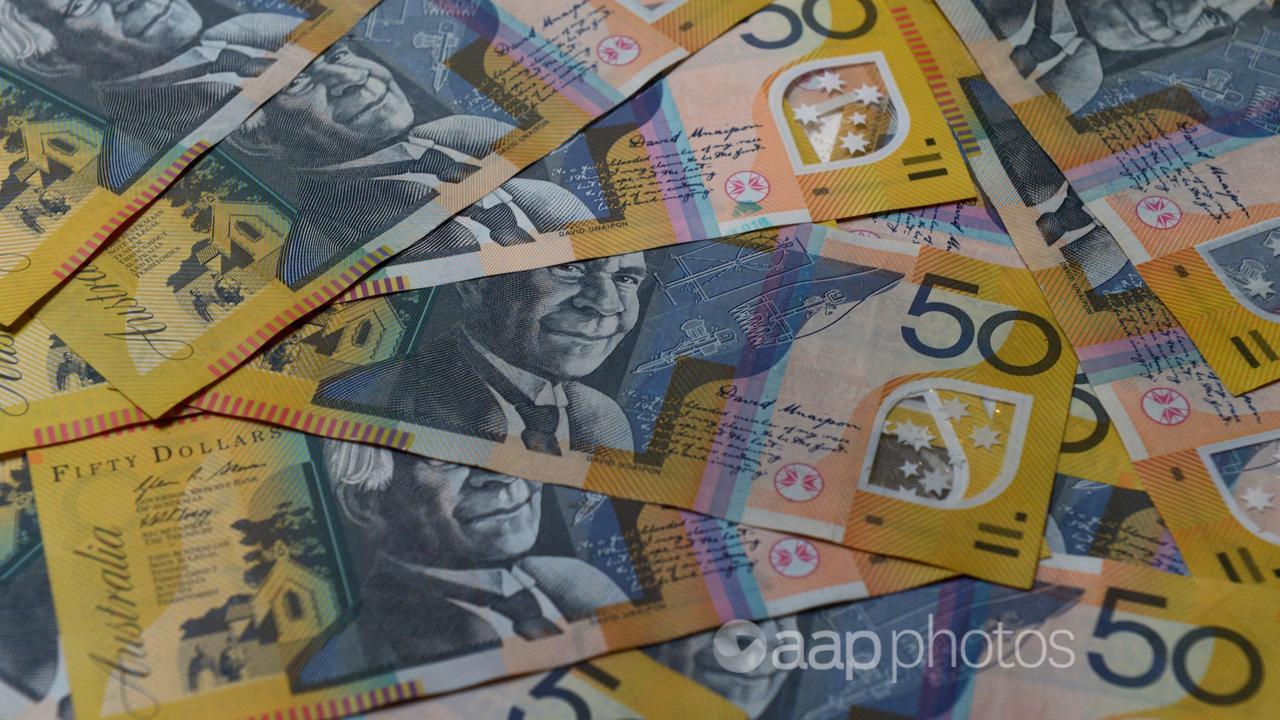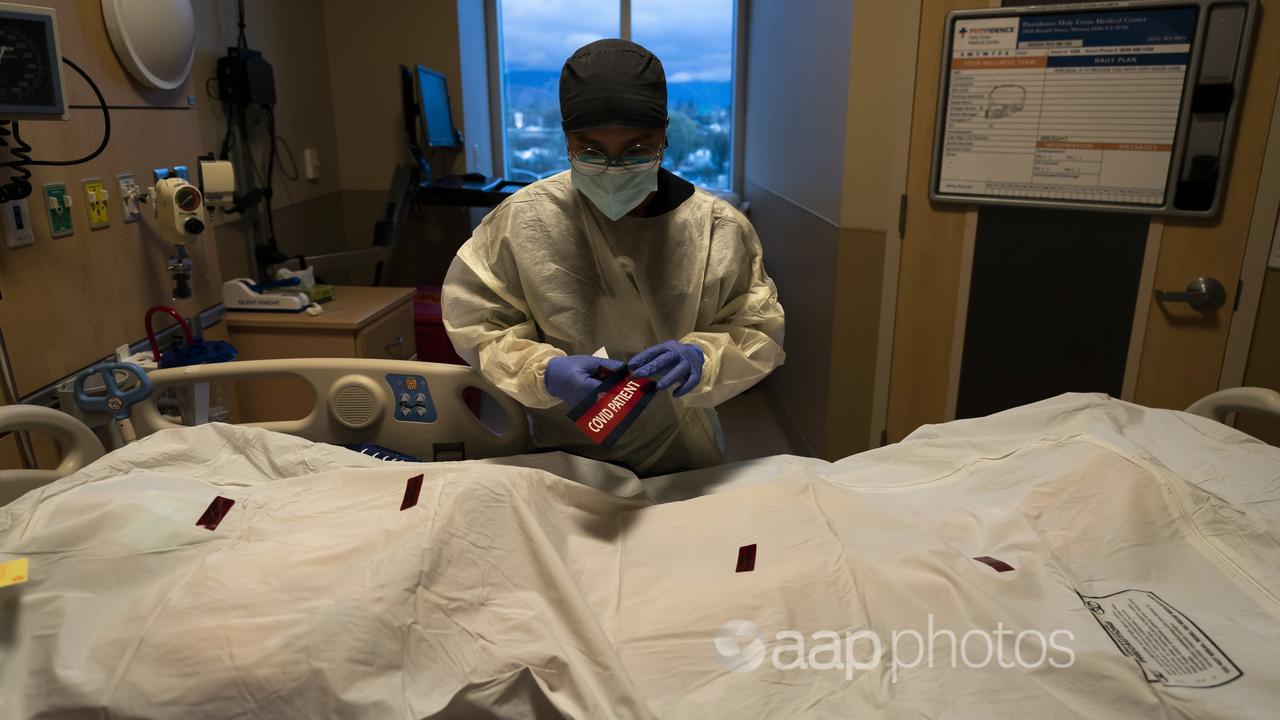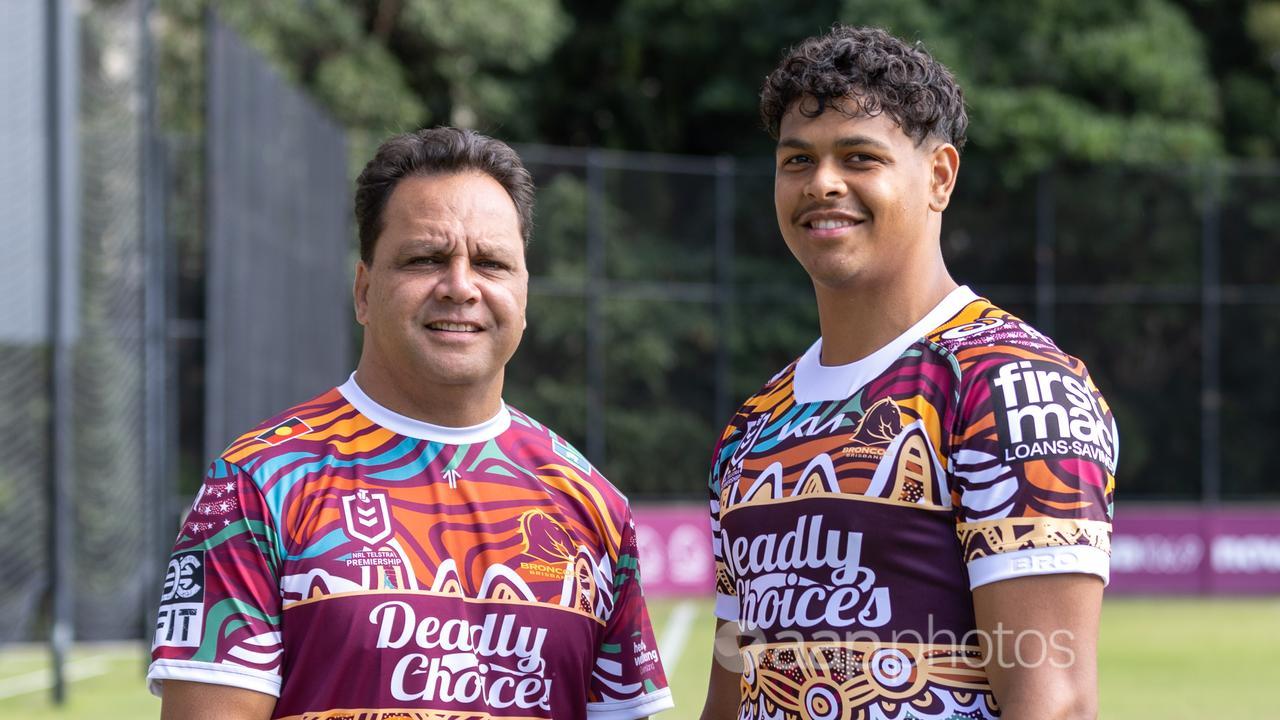The amount of public money spent annually on Indigenous people has become a major discussion point in the final days before the voice referendum.
Some have claimed that the federal, state and territory governments combined spend $39.5 billion per year directly on Indigenous Australians.
But many of the claims citing the $39.5 billion figure are false or misleading.
The figure includes a share of general government spending on things like defence, foreign aid and border control. Only around 18 per cent of the total relates to Indigenous-specific programs.
The $39.5 billion figure first appeared at the beginning of the year.
In an email to supporters in mid-February 2023, conservative lobby group Advance claimed $39.5 billion goes on “direct government support for Indigenous communities”.
The email has been posted numerous times by social media users, examples here, here, here, here and here.
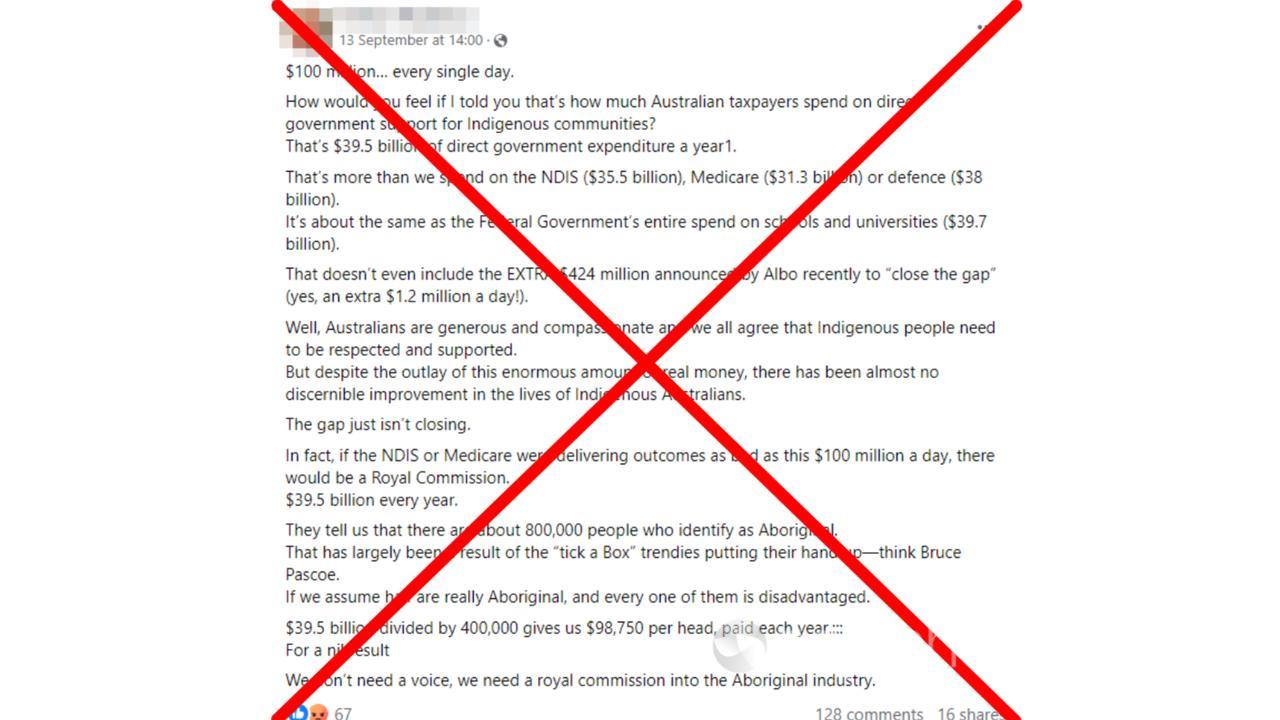
Advance is behind the ‘no’ campaign group Fair Australia.
The group’s leader, Senator Jacinta Nampijinpa Price, made a similar claim in an email to Fair Australia supporters.
The senator’s claim has also appeared on social media, examples here, here, here, here and here.
Both Advance and Fair Australia cite the Productivity Commission‘s 2017 Indigenous Expenditure Report as the source of the $39.5 billion – adding that the report’s figure of $33.4 billion has been adjusted for inflation.
The claims are misleading.
Of the $33.4 billion total, the report found 18 per cent ($6 billion) was for Indigenous-specific expenditure.
This refers to services and programs exclusively designed for and targeted at Indigenous people, such as Abstudy and Aboriginal and Torres Strait Islander legal aid (page 191).
A further 64 per cent ($21.4 billion) is the Aboriginal and Torres Strait Islander share of mainstream expenditure, such as Medicare and education.
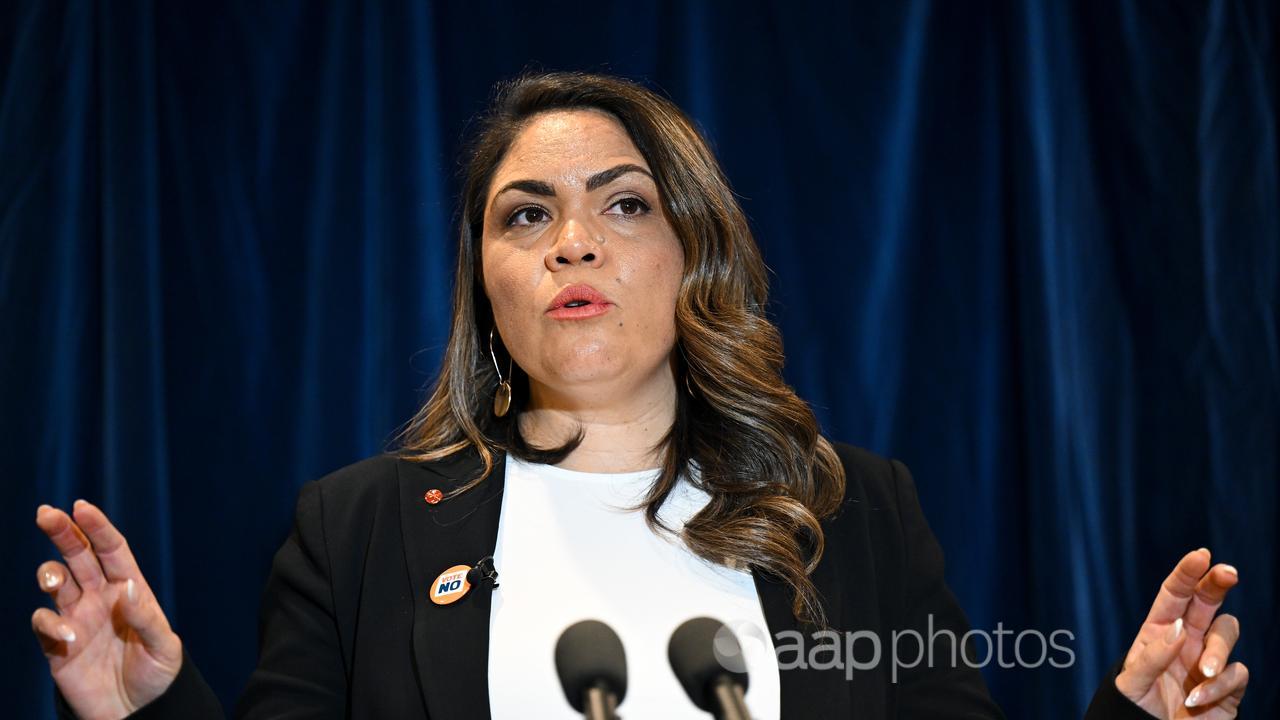
In particular, these are expenditure items where there is a relationship between the user and the cost of providing the service.
For example, certain aspects of healthcare may cost more to deliver to Indigenous people due to them being more likely to live in isolated areas or to suffer certain health issues (pages 33, 34).
The remaining 18 per cent ($6 billion) is additional mainstream expenditure on services where there is no direct relationship between Indigenous people and the cost of providing services.
These costs are split equally across the entire Australian population.
This includes expenditure on the likes of foreign aid, border control, fire protection, national parks and defence.
Therefore, to claim $39.5 billion (or even the pre-adjusted $33.4 billion) is the cost of “direct government support” for Indigenous people or communities is misleading.
The Advance and Fair Australia claims use the terms “direct” or “direct expenditure” when referring to spending on Indigenous people.
While this language is used in the report, it has a specific meaning relating to the source of the money, rather than its destination (page 4).
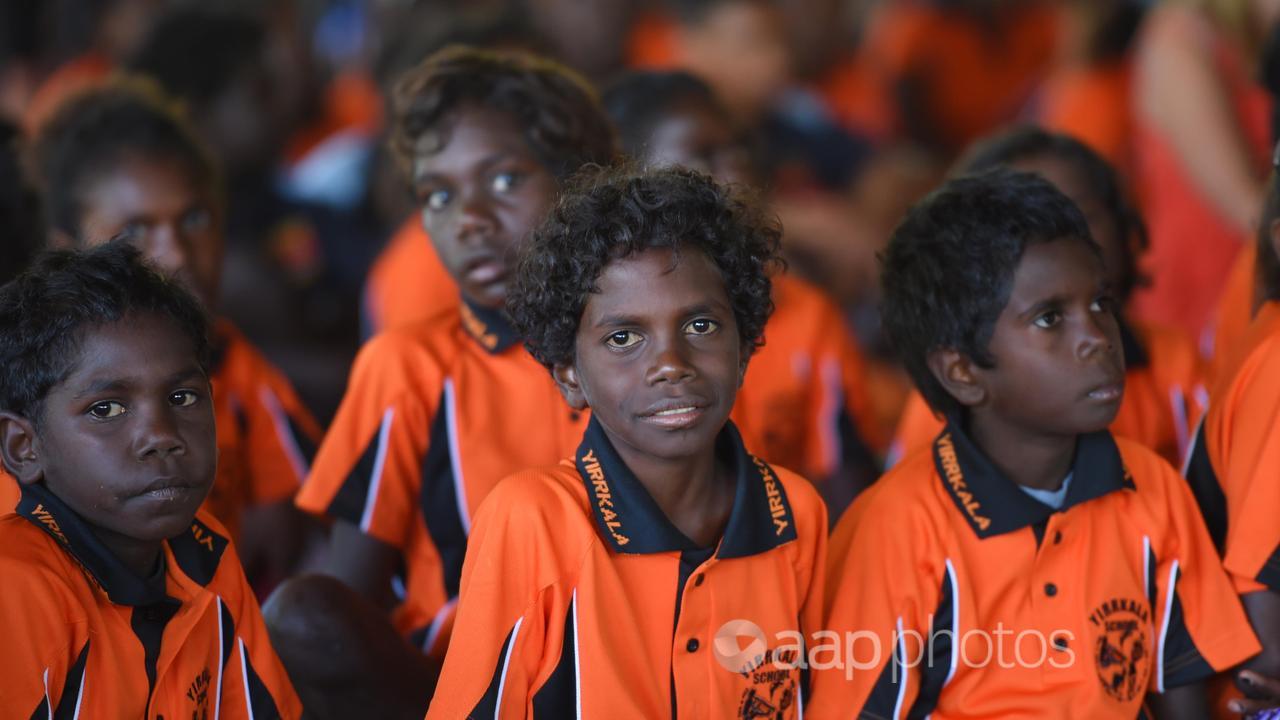
It is not a reference to expenditure going directly or specifically to support Indigenous people.
There have been several other versions of the $39.5 billion claim.
Conservative lobby group the Institute of Public Affairs (IPA) published an article in April, which also appeared in The Spectator, which read: “Australian governments now spend approximately $39.5 billion a year on indigenous programs, a greater sum than is spent on Medicare.”
This is false. As previously stated, the report estimated just 18 per cent of the $33.4 billion goes towards Indigenous-specific services and programs.
Experts told AAP FactCheck it is misleading to label the likes of foreign aid, fire services and national parks as either Indigenous programs or direct support.
William Sanders, an associate professor at Australian National University’s Centre for Aboriginal Economic Policy Research, said there was a significant difference between spending on Indigenous programs compared to the proportion of mainstream expenditure.
“The 2017 report found… the vast majority of government expenditure on Indigenous people occurs through general programs for which Indigenous and non-Indigenous people qualify on grounds other than Indigeneity.”
Professor Andrew Gunstone, an Indigenous studies expert at Federation Univeristy, agreed, stating the report found $6 billion was spent on Indigenous-specific services and programs.
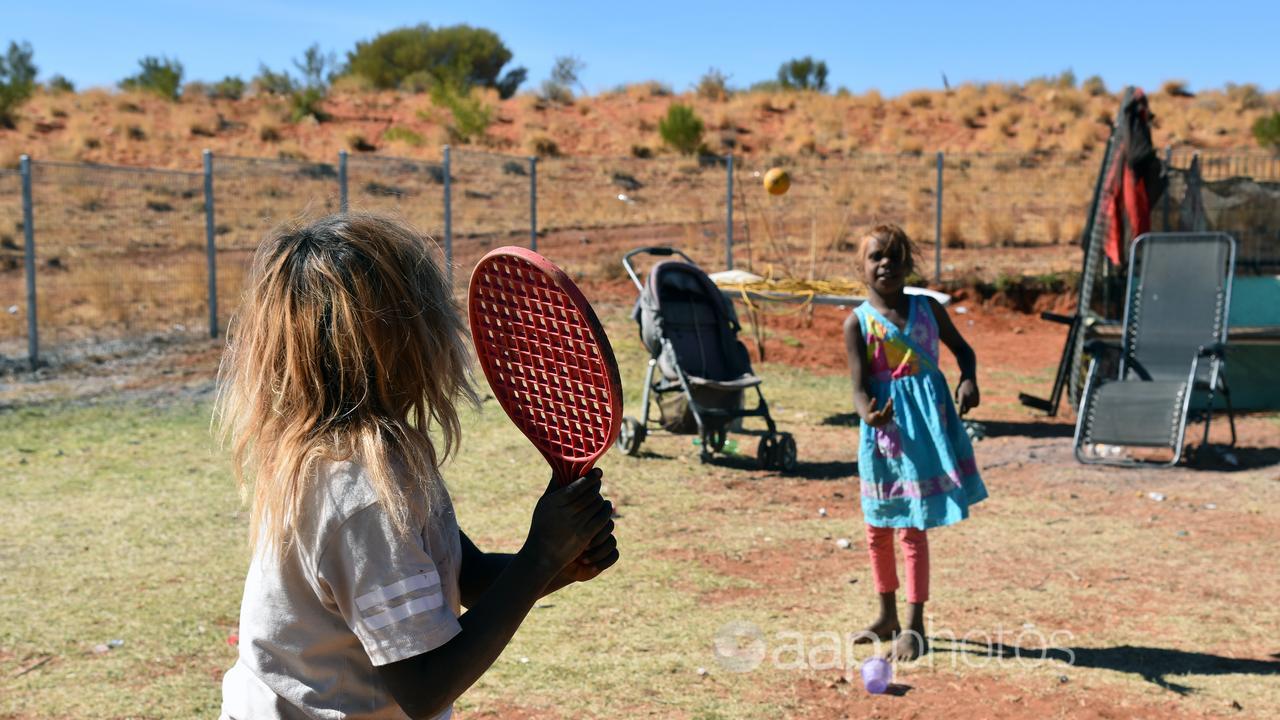
“Not $30 billion or $40 billion as some have incorrectly and misleadingly claimed,” Prof Gunstone told AAP FactCheck.
A version of the claim made national news last month when singer Kamahl said on The Project that $40 billion a year goes “to the Indigenous people”.
When asked for his source by presenter Hamish Macdonald, the singer responded: “somebody told me”.
Macdonald then cited a $4.5 billion figure. But this instead refers to the total budget of the National Indigenous Australians Agency (NIAA) in 2022/23.
Following the segment on The Project, the IPA published another article on September 26, defending the $39.5 billion figure.
This time it more accurately attributed the total to “spending directed towards Indigenous Australians” rather than its previously reported spend on “Indigenous programs“.
However, it is misleading to suggest foreign aid or defence funding is “directed towards” Indigenous people.
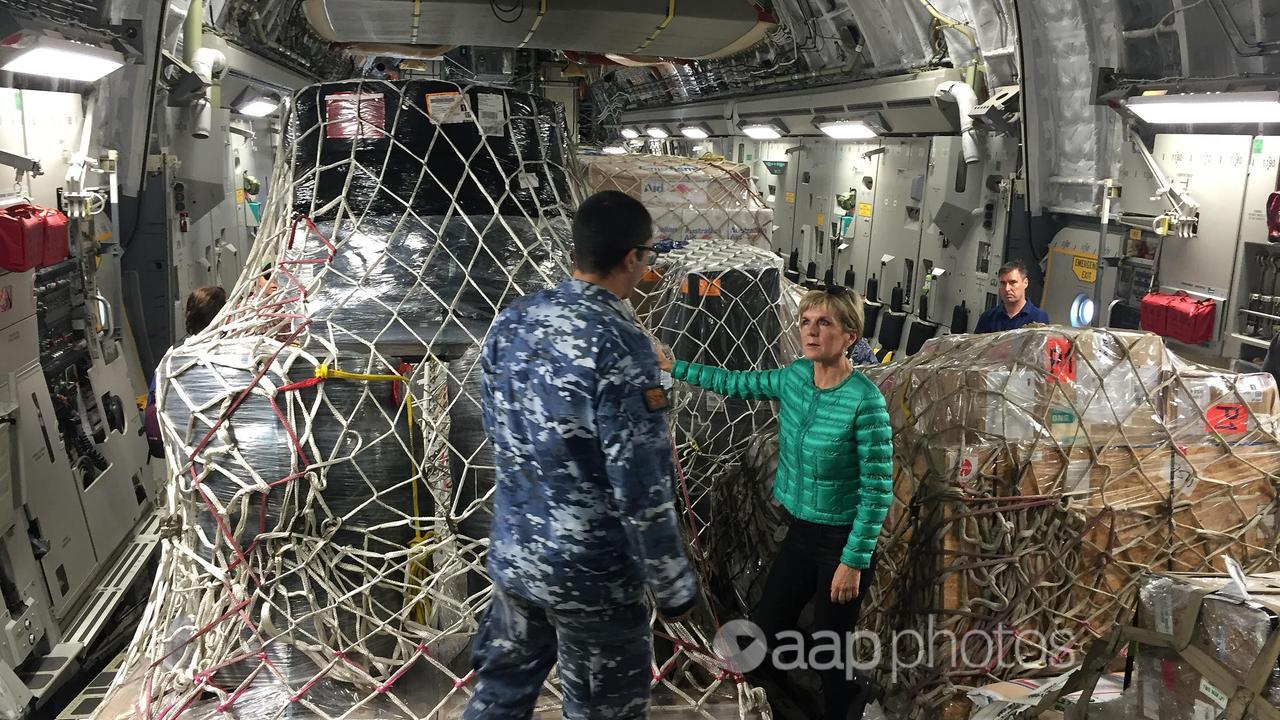
In August 2023, former prime minister Tony Abbott also incorrectly stated the NIAA spends $30 billion a year on Indigenous programs.
The 2017 report, which provides the most recent Productivity Commission analysis of the figures, concluded (page xii) Indigenous Australians receive around twice as much per person ($44,886) annually in public money compared to non-Indigenous Australians ($22,356).
The commission said this was due largely to the combined effects of greater intensity of use and the higher cost of providing services to Indigenous people, especially in remote regions.
The Verdict
The claim that Australian governments spend about $39.5 billion a year on direct support for Indigenous people is misleading.
The figure derives from a 2017 Productivity Commission report which estimated the total government expenditure on Indigenous Australians was $33.4 billion.
The $39.5 billion figure represents the $33.4 billion figure adjusted for inflation.
The 2017 report concluded 18 per cent of the $33.4 billion total went towards Indigenous-specific programs. The rest was the Aboriginal and Torres Strait Islander share of mainstream expenditure.
This includes spending on services not directly related to Indigenous people, such as foreign aid and border control.
Misleading – The claim is accurate in parts but information has also been presented incorrectly, out of context or omitted.
AAP FactCheck is an accredited member of the International Fact-Checking Network. To keep up with our latest fact checks, follow us on Facebook, Twitter and Instagram.
All information, text and images included on the AAP Websites is for personal use only and may not be re-written, copied, re-sold or re-distributed, framed, linked, shared onto social media or otherwise used whether for compensation of any kind or not, unless you have the prior written permission of AAP. For more information, please refer to our standard terms and conditions.

